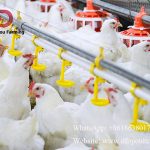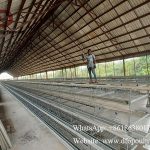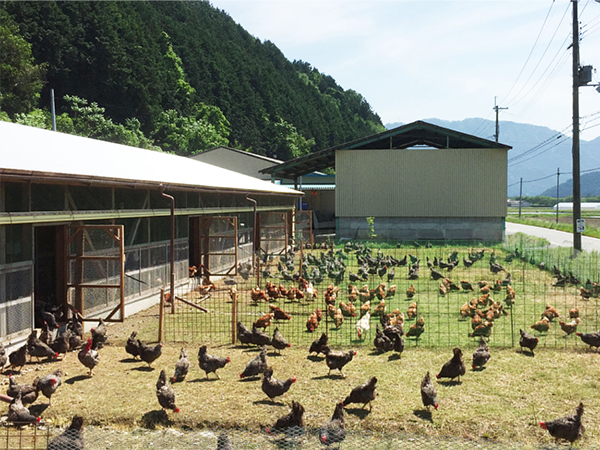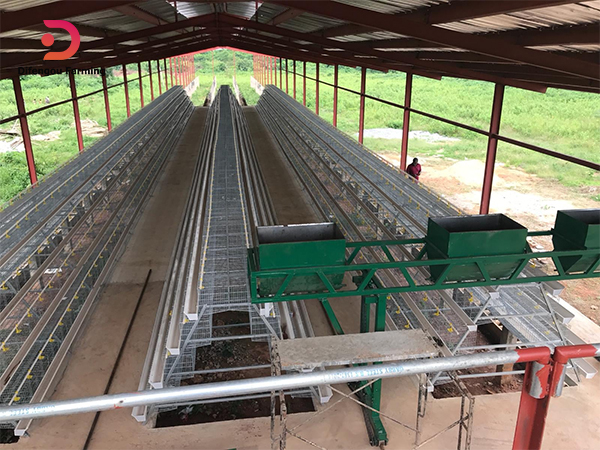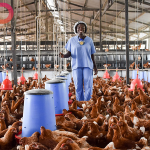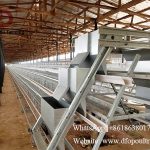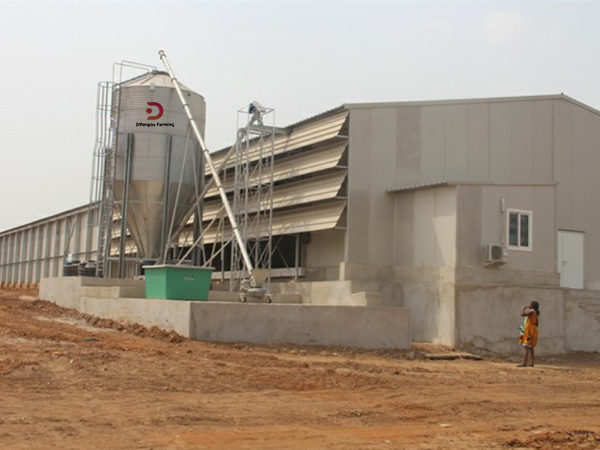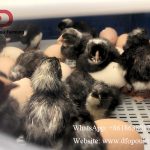Determination of Farm Type and Farm Scale in Africa
-
Determination of Farm Type
The nature of a poultry farm determines the composition of the flock, the turnover method, the requirements for feeding management and environmental conditions, as well as the implementation of different management measures. The design requirements and investment for the farm also vary accordingly. Breeding farms, especially parent stock farms, are responsible for breed selection, hybridization, and other tasks. The composition of the flock and the male-to-female ratio should meet the needs of breeding work. The feeding methods should also consider the implementation of individual records, progeny testing, and hybrid seed production. These farms have stricter requirements for various technical and environmental conditions and require higher investment. On the other hand, commercial farms primarily focus on the production of eggs or poultry meat, with simpler production processes. Their requirements for hardware and software development are relatively less stringent, and the investment required is lower. Therefore, small and medium-sized poultry farms need to consider various factors such as social and production needs, technical capacity, and financial conditions to determine their own operational direction (nature). Otherwise, it may affect the investment outcome.
-
Determination of Farm Scale
The size of a poultry farm is influenced by factors such as finances, technology, market demand, market prices, and the environment. Therefore, when determining the scale of operation, these factors should be thoroughly considered. For small and medium-sized poultry farms, finances, technology, and the environment are the main factors restricting the scale, and quantity should not be pursued blindly. Even with a large number of animals, if technology, finances, and management are lagging, environmental conditions are poor, and there is inadequate feeding management, leading to severe environmental pollution and frequent disease outbreaks, it is unlikely to achieve good farming results. Therefore, it is important to focus on maintaining an appropriate scale.
Methods for determining an appropriate scale are as follows:
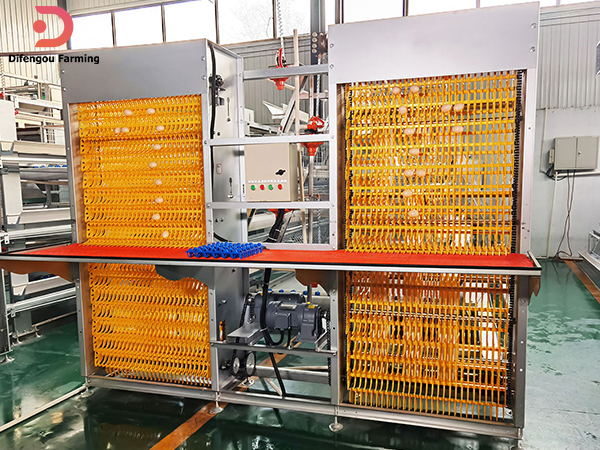
a. Appropriate Capacity Method
Based on the principle of survival of the fittest, observe the production scale levels and concentration trends of the farm over a certain period of time to determine the optimal scale. This is the simplest method, suitable for professional farmers. By examining the changes and trends in farms of different sizes in a region, one can roughly understand which operating scale is most suitable. For example, based on a survey of 30 counties (cities) in a province in 2005, the percentage of farms with a capacity of 500 birds decreased by 8% compared to 2000, while farms with a capacity of 500 to 1500 birds increased by 9.5%, and farms with a capacity of over 1500 birds increased by 0.3%. Therefore, it can be considered that a capacity of 500 to 1500 birds is more suitable.
b. Comprehensive Scoring Method
This method involves comparing labor productivity, capital utilization, chicken productivity, feed conversion rates, and other indicators under different operating scale conditions to evaluate the economic and overall benefits of different scales, in order to determine the optimal scale. The specific approach is to determine evaluation indicators and assign scores, reasonably determine the weights (importance) of each indicator, and then calculate the composite index using a weighted average method. The scale with the highest index value will be considered the optimal scale.
c. The Input-Output Analysis
The Input-Output Analysis is an important method for determining the optimal scale based on the principle of diminishing returns and marginal equilibrium in animal production. It involves analyzing and predicting the relationship between output, costs, prices, and profits to find the breakeven point and determine the scale required to achieve the desired level of profitability.
In poultry production, costs can be classified into fixed costs and variable costs. Fixed costs include investments in chicken houses, equipment, and related infrastructure, which are independent of output. Variable costs, on the other hand, include costs such as chick purchase, feed expenses, labor wages and benefits, utilities, medication, depreciation of fixed assets, and maintenance, which are related to the level of production. The Input-Output Analysis can be used to determine the operating scale at breakeven and the scale required to achieve a certain level of profit or maximum profit. The total cost formula can be derived from the relationship between costs, prices, and output:
PQ = F + QV + PQX
Q = F / P(1 – X) – V
Where: F – Fixed costs of a certain product
X – Tax per unit of sales revenue
V – Variable cost per unit of product
P – Price per unit of product
Q – Output at breakeven
For example, in a small-scale commercial egg production facility with a fixed asset investment of 1 million RMB, aiming to recover the investment in 10 years, with a variable cost of 6 RMB per kilogram of eggs and an egg price of 7 RMB per kilogram, and an annual egg production of 16 kilograms per hen. We can calculate the breakeven scale as follows:
Breakeven scale of hens = Q / 16 kilograms per hen = 100,000 kilograms / 16 kilograms per hen = 6,250 hens [Note: Q = 100,000 RMB / (7 RMB – 6 RMB) = 100,000 kilograms]
To generate a profit, the number of hens must exceed 6,250.
To achieve a profit of 100,000 RMB, the number of hens would be: [(100,000 RMB + 100,000 RMB) / (7 RMB – 6 RMB)] / 16 kilograms per hen = 12,500 hens
d. The Cost Function Method
The Cost Function Method, on the other hand, determines the optimal scale by establishing the functional relationship between the unit product cost and the scale of poultry production. The operating scale at which the unit product cost reaches its lowest point is considered the optimal scale.

